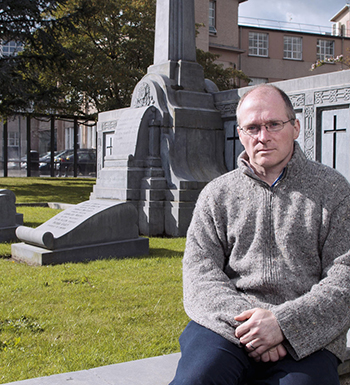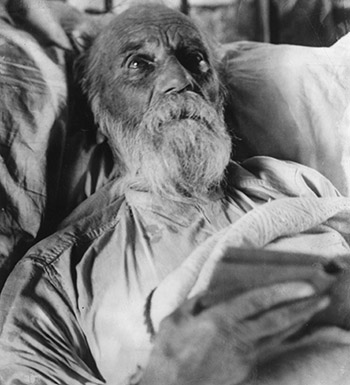JEREMIAH O'Donovan Rossa was passionate about politics from a young age and grew to become one of the most important figures in Irish history, serving hard time in the toughest British prisons.
Born in Rosscarbery, Co. Cork on September 10, 1831, he went on to found the Phoenix National and Literary Society in 1856, which later merged with the Irish Republican Brotherhood.
After being sentenced to life in prison in England for plotting a Fenian uprising, he was later released as part of an amnesty on the condition that he would not return to Ireland.
Despite advocating dynamite attacks on English cities while residing in New York, he was later allowed to visit Ireland and his body was returned there for burial after his death.
At his historic funeral, Padraig Pearse delivered a famous oration ending with the words
“…but the fools, the fools, the fools! They have left us our Fenian dead, and while Ireland holds these graves, Ireland unfree shall never be at peace”
His words served as a call for public support for an uprising.
Thirteen facts Jeremiah O’Donovan Rossa, by UCC historian Gabriel Doherty
1. He was born into an Irish-speaking family in the parish of Rosscarbery, west Cork, in 1831.
2. He was both victim and survivor of the Famine of 1845, seeing his father, and many personal and family friends, die, and his mother and entire family emigrate.
3. In 1856 he founded the Phoenix National and Literary Society in Skibbereen, which became a cover for Fenian activity in west Cork following the establishment of the Irish Republican Brotherhood in 1878.
4. In 1862 he was dismissed from a position with the Skibbereen Poor Law Guardians for having dispensed more than the regulation amount of meal to the islanders of Cape Clear and elsewhere, who were on the brink of starvation.
5. In March 1863 he helped to organise a march in Skibbereen in sympathy with the January Uprising in Poland. The march attracted a crowd of 6,000, and was one of the largest of such gatherings in Europe. In the Italian city of Naples the previous month, only 100 had participated in a similar gathering.
6. He was arrested on a charge of high treason and sentenced to penal servitude for life in 1865 for plotting a Fenian Uprising.
 Gabriel Doherty, UCC School of History beside the Republican Grave Plot in UCC (Picture: Tomás Tyner, UCC)
Gabriel Doherty, UCC School of History beside the Republican Grave Plot in UCC (Picture: Tomás Tyner, UCC)

